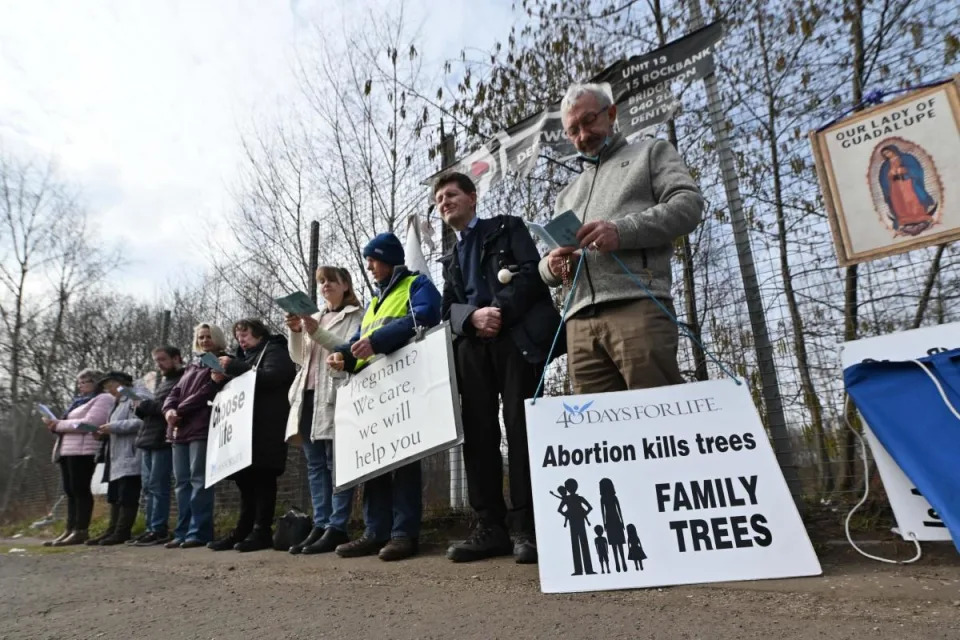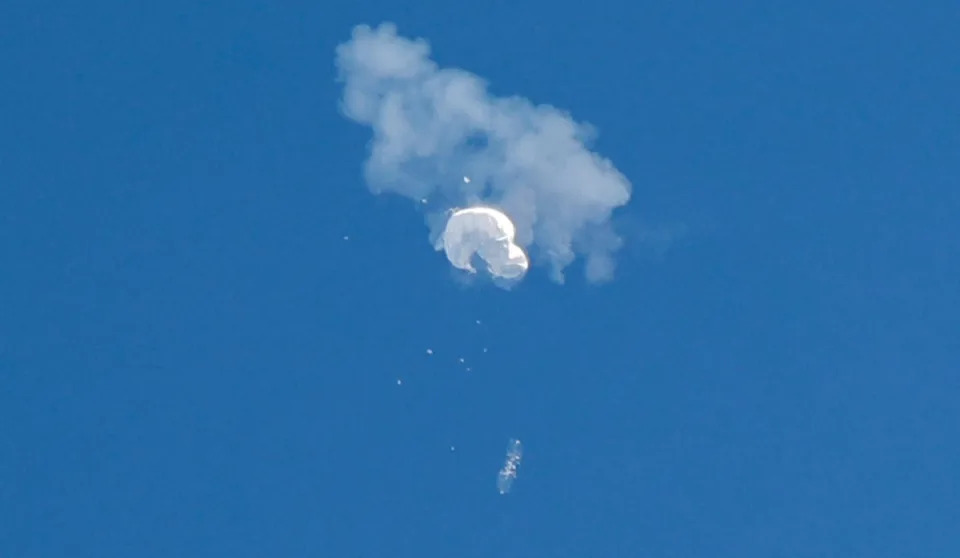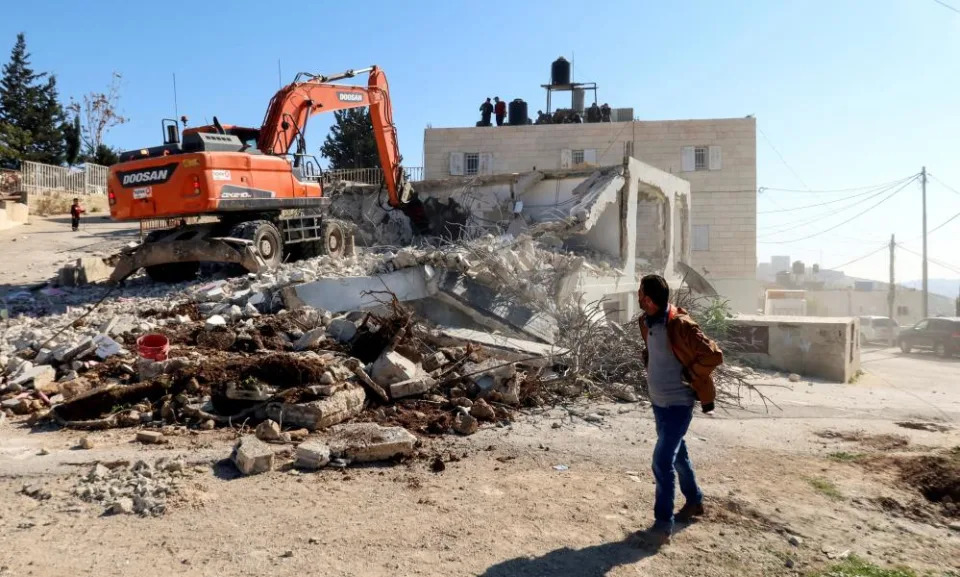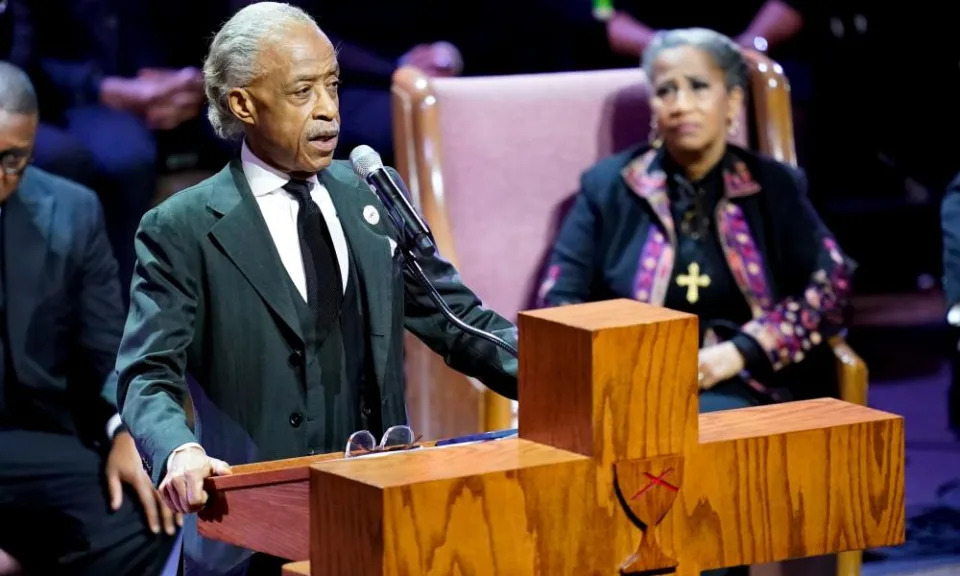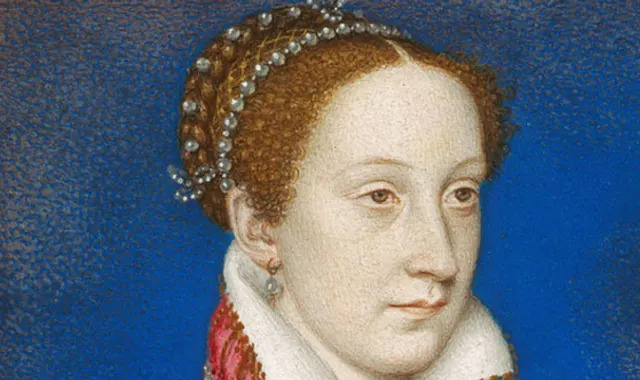Wed, 8 February 2023
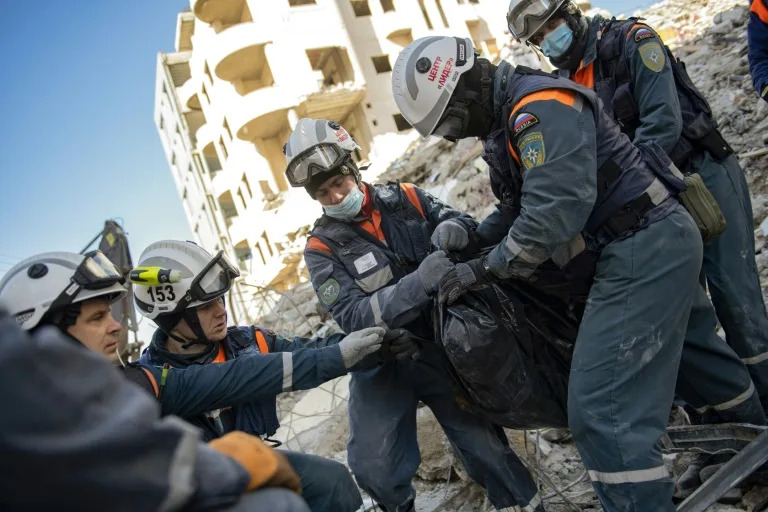
With the death toll rising by the hour, the massive earthquake that struck Turkey and Syria on February 6 is already among the ten deadliest of the 21st century.
- 2004: 230,000 dead, southeast Asia -
On December 26, a massive earthquake measuring 9.1 on the Richter scale strikes off the coast of Sumatra, triggering a tsunami that kills more than 230,000 throughout the region, including 170,000 in Indonesia alone.
Huge waves of 700 kph (around 435 mph) reach heights of 30 metres (100 feet).
- 2010: 200,000 dead, Haiti -
A magnitude 7 quake on January 12 devastates the capital Port-au-Prince and the surrounding region.
The quake cuts the country off from the rest of the world for 24 hours, killing over 200,000 people, leaving 1.5 million homeless and shattering much of its frail infrastructure.
In October the same year Haiti is also hit by a cholera epidemic introduced by Nepalese peacekeepers who had come after the quake. It kills more than 10,000 people.
- 2008: 87,000 dead, Sichuan -
More than 87,000, including 5,335 school pupils, are left dead or missing when a 7.9-magnitude quake strikes southwestern Sichuan province on May 12.
Outrage erupts after it emerges 7,000 schools were badly damaged by the quake, triggering accusations of shoddy construction, corner-cutting and possible corruption, especially as many other buildings nearby held firm.
- 2005: 75,000 dead, Kashmir -
An October 8 earthquake kills more than 73,000 people, the vast majority of them in Pakistan's North-West Frontier Province and the Pakistani-administered zone of Kashmir state. Some 3.5 million people are displaced.
- 2003: 31,000 dead, Bam (Iran) -
A 6.6-magnitude quake on December 26 in southeastern Iran destroys the ancient mud-brick city of Bam, killing at least 31,000 people.
Nearly 80 percent of Bam's infrastructure is damaged, and the desert citadel, once considered the world's largest adobe building, crumbles.
- 2001: 20,000 dead, India -
A massive 7.7 earthquake on January 26 hits the western Indian state of Gujarat, killing more than 20,000 people.
The quake levelled buildings across the state, with many fatalities in the town of Bhuj near the Pakistan border.
- 2011: 18,500 dead, Japan -
On March 11, Japan is struck by an enormous 9.0-magnitude earthquake, unleashing a towering tsunami that levels communities along the country's northeastern coast.
Around 18,500 people are left dead or missing as the terrifying wall of water travelling at the speed of a jet plane swallows up everything in its path.
The ensuing nuclear meltdown at the Fukushima Daiichi nuclear plant blankets nearby areas with radiation, rendering some towns uninhabitable for years and displacing tens of thousands of residents.
- 2023: 11,200 dead, Turkey and Syria -
On February 6, a 7.8 magnitude quake strikes near the Turkish city of Gaziantep, home to around two million people.
Followed by a slightly smaller 7.5 magnitude tremor and many aftershocks, the quakes devastate entire sections of major cities in southeastern Turkey and the north of war-ravaged Syria.
The death toll reaches more than 11,200 three days after the disaster.
- 2015: 9,000 dead, Nepal -
A 7.8-magnitude earthquake on April 25 strikes in central Nepal, triggering avalanches and landslides across the Himalayan nation, destroying schools and hospitals.
The massive quake kills almost 9,000 people and renders millions homeless, while also reducing more than a hundred monuments to rubble, including centuries-old temples and royal palaces in the capital's Kathmandu valley.
- 2006: 6,000 dead, Java -
On May 26, a 6.3-magnitude quake rocks the southern coast of the Indonesian island of Java, near the city of Yogyakarta, killing around 6,000 people.
More than 420,000 are left homeless and some 157,000 houses are destroyed.
jah-eab/fb
